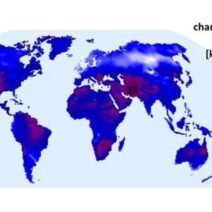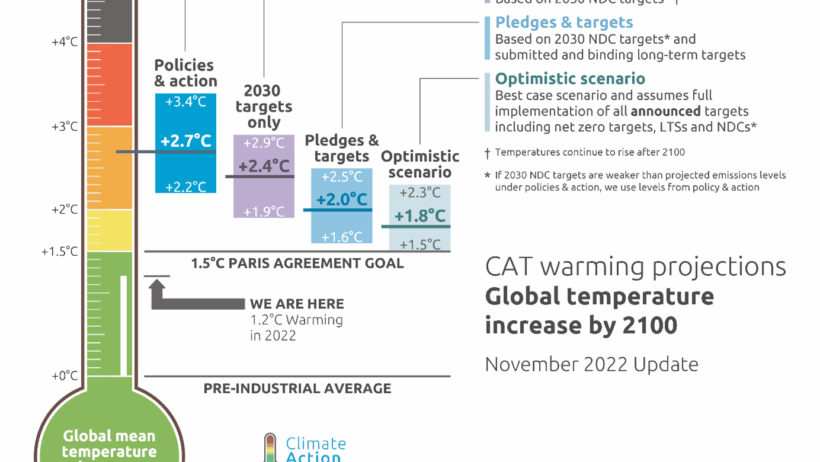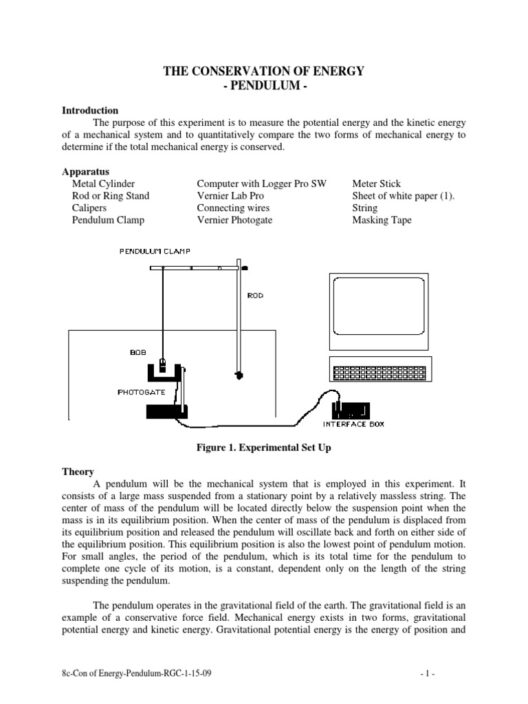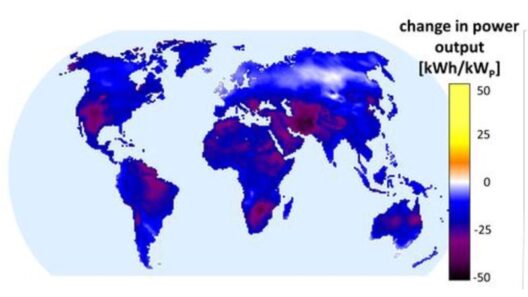As the seasons shift, many individuals become acutely aware of the rhythms of nature that govern our climate calendar. Annual cycles are familiar motifs in our lives; they dictate not only the passage of time but also influence agricultural practices, cultural rituals, and even emotional states. Spring’s blooming flowers evoke rejuvenation, summer’s warmth fosters leisure, autumn’s crispness calls forth nostalgia, and winter’s chill often inspires reflection. However, in the backdrop of these observable patterns, a stark reality looms: global warming is significantly distorting our climate calendar, yielding unpredictable changes that reverberate through ecosystems and human societies alike.
Initially, one might perceive that global warming primarily alters temperature averages, but the implications permeate much deeper. The progressive rise in average global temperatures contributes to a cascade of effects, fundamentally disrupting the delicate interplay among various environmental factors. For instance, the increasing intensity and frequency of extreme weather events, such as hurricanes, droughts, and floods, have become emblematic of this crisis. These anomalies disrupt the seasonal predictabilities that have historically guided farmers’ planting schedules and bred expectations in communities reliant on seasonal shifts. Historically reliable climatic patterns are now obscured by erratic phenomena, culminating in economic and cultural tensions.
Moreover, altered seasonal dynamics lead to profound implications for biodiversity. Temperature fluctuations induce mismatches in natural cycles; for instance, when the temperature rises prematurely in spring, it can lead to earlier bud bursts in trees and flowers. However, if insects, such as pollinators, do not adjust their life cycles in tandem with these changes, it can result in decreased pollination efficiency. This disconnect threatens not just individual species but entire ecosystems, as the intricate web of interactions among flora and fauna is delicately balanced. Non-cognitive species, which are particularly vulnerable to environmental changes, may face extinction or migratory disruptions, further exacerbating the loss of biodiversity and the services ecosystems provide.
As navigators of this unfolding climate crisis, we must examine the socio-economic ramifications of a skewed climate calendar. The agricultural sector stands on the front lines, grappling with rising temperatures and unexpected weather patterns. Crop yields suffer as staple crops like wheat, rice, and corn face diminished resilience against heat extremes. Farmers, once armed with a wealth of historical data, find themselves adapting strategies at an unprecedented pace. The compounding stressors of prolonged droughts, sudden frosts, and changing pest dynamics necessitate innovative techniques to maintain food security. Ultimately, communities that are least equipped to handle these disruptions, often in developing nations, face heightened vulnerability and food insecurity.
Urban areas are not immune to these distortions either. As cities expand, the urban heat island effect intensifies the impact of climate change, creating microclimates that exacerbate heat extremes. Consequently, adaptive infrastructure is crucially important. Innovations such as green roofing, increased tree canopy cover, and urban gardens seek to mitigate the effects of heat while enhancing urban resilience. Moreover, policies promoting sustainable urban planning and energy efficiency can significantly alter our responses to the climate crisis, allowing cities to thrive even as they contend with distorted seasons.
Psychologically, the constant flux experienced in climate patterns has implications for communities. Anxieties about climate change and its associated impacts can lead to profound feelings of helplessness. Seasonal affective disorder may become more prevalent as people grapple with disjointed cycles of nature. This emotional toll underscores the deeper reasons for collective fascination with the changing climate calendar; it is a reflection of our intrinsic connection to nature that can no longer be taken for granted. Restoring this connection is essential, spurring movements toward ecological stewardship and sustainable practices.
In recognizing these distortions, we must address their implications within a broader framework of advocacy and education. Programs that foster awareness of the interconnectedness between climate change and local ecosystems are paramount. By re-establishing ties with nature, individuals can better grasp the urgency of climate advocacy, bolstering community resilience against these distortions. Educational initiatives that engage youth can cultivate a generation imbued with environmental stewardship, fostering innovative solutions that are necessary for addressing these emerging challenges head-on.
Simultaneously, the role of policy must not be overlooked. Climate legislation that promotes renewable energy, efficient land use, and sustainable agriculture is critical to mitigating the adverse effects of global warming on our climate calendar. This integrated approach fosters collaboration among governments, non-profit organizations, and individuals, facilitating the harnessing of resources and accelerating the transition to a low-carbon economy.
Ultimately, the fascination with our climate calendar is deeply rooted in our reliance on stable seasonal patterns that shape life as we know it. As global warming exacerbates the disintegration of these patterns, we must confront the ramifications head-on, engaging with both the scientific community and local networks to cultivate resilience in our ecosystems and communities. It is only through concerted effort, raised awareness, and policymaking that we can navigate these tumultuous waters. In a time of critical urgency, society should mobilize to ensure that distinct seasonal characteristics persist for future generations, fostering a world where the beauty and richness of nature are cherished rather than distorted.






